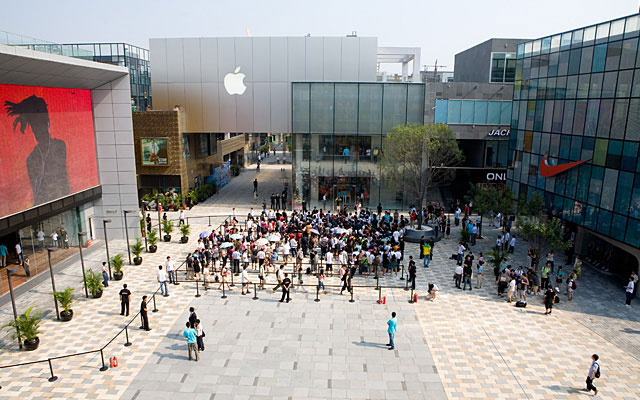Apple has published a statement via its Chinese website as a follow-up to a report on the state-run CCTV last week that claimed its devices could present a state security risk according to researchers.
The statement, available in both Chinese and English, details Apple’s efforts to ensure customer privacy is protected, and reiterates that Apple does not store or track user locations – it merely gathers that information on-device for use with traffic data, and crowdsources the locations of cell and Wi-Fi towers to enhance the speed of device positioning.
Apple has discussed its practices regarding location information gathering and data use in the past, in response to inquiries by the U.S. Government on mobile devices and customer privacy, and so there really isn’t anything contained in the statement that breaks new ground. But it is one of the most clear and concise missives insofar as it collects all of the company’s thoughts on personal privacy as it relates to location services.
In addition to the assertions mentioned above, Apple also points out that Location Services are opt-in on an app-by-app basis, that they have a universal on/off switch even after you’ve granted position, and the Frequent Locations cache is password protected, and blocked from access for any third-party app providers. Apple also wraps up by saying that it has “never worked with any government agency from any country to create a backdoor in any of our products or services,” and that it “never will.” CCTV had suggested the location information gathered by its devices might expose “state secrets” to competing national powers.
One tiny new tidbit that might be of interest to Apple fans is that Frequent Locations is being used to provide automatic routing in the new iOS CarPlay feature, which gives you voice-guided directions to points of interest and other destinations based on queries made through Apple’s new in-car interface. That just means that your phone (and only your phone) knows where you’re likely to want to go when you get in your vehicle, and surfaces those likely destinations above others.
